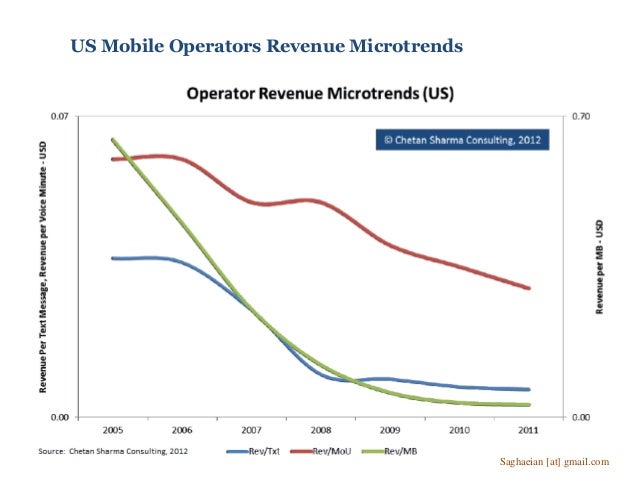The same thing can be gleaned from looking at the business customer ecosystem for IoT. In all cases, the customer (buyer or user) is at one end of the value chain, while chips are at the other end. That roughly corresponds to the layered open systems interconnect model, which has applications at layer seven, and cables and media at the physical layer (layer one).
In the consumer internet content business, you can think of the actual businesses and revenue models as a sort of layer eight, where all the various technology segments come together to provide users and buyers with value, and revenue is generated. Likewise, some refer to a layer zero that includes all the physical stuff (cables, connectors, power supplies) that create a network upon which data can flow.
| source: Telecom Circle |
In the internet of things businesses (present and future), one can note the same set of roles, with users and buyers at a hypothetical layer eight, using applications at layer seven, with components such as chips at layer one. The large point is that all the underlying roles lead ultimately to the creation of applications, which then drive the business models and services that are monetized.
Access providers (telcos, cable TV, satellite communications) can, and often do, operate at several layers. They have historically originated the application known as carrier voice, or carrier mobile messaging (SMS or text messaging). They also have had to create the physical networks to do so. In the distant past, some might have actually created the protocols and equipment to do so. These days, third parties mostly supply the actual networking equipment and software.
In the internet era, roles mostly are separated, though. All actual businesses operate at the hypothetical layer eight. But it also is useful to think of app providers such as Google, Amazon or Facebook as operating directly at layer seven to create the apps that underlie business models.
Somewhere below layer seven are the operational activities that access providers mostly are engaged in (building and operating communication networks).
| source: A.T. Kearney |
The point is that although businesses and revenue streams in the internet of things or other businesses are “layer eight,” the OSI model provides a general framework for understanding where other value chain participants operate. An entity can create and supply a connected car service, industrial IoT or smart agriculture or smart home services.
Others will build business models around the sensors, the analytics software or communications networks that enable the applications.
There are some obvious conclusions to be drawn. The various internet of things applications businesses will very likely require lots of scale. As with other applications (Facebook, Google, Amazon, Netflix), a few big providers are likely to emerge, in each IoT vertical market. Most access providers will likely play similar roles as they presently do (providing access services).
That obviously limits the financial upside, but also will likely be the logical way to participate. Over time, as the businesses grow, the relative share of value and revenue available to access providers tends to shrink, even as gross revenues can grow. For most access providers, that will have to do.
A few tier-one access providers will develop other roles, though, much as Comcast has created roles for itself beyond the access provider function, as an owner of content producing (networks and studios) or experience (theme parks) assets. That is what firms such as AT&T and Verizon are hoping to do in one or more IoT verticals as well.
It is easy to criticize firms for their failures. Telcos have in the past failed at moves into the core computing business, over the top apps, data center businesses, smart home appliances or specialized communications services. Cable TV companies tried for decades to figure out a role in the mobile business, without success.
Eventually, when success has happened, it has been through acquisition, not organic growth. No matter. Where it is possible, tier one access providers are virtually compelled to try and seek roles at the layer eight business model level related to content and applications. Those are among the bigger opportunities in almost any ecosystem where communications networks are required.
Eventually, it is possible that 93 percent or so of all internet ecosystem revenues are earned elsewhere. And it is a fair assumption that roughly half of total revenue will be earned by the application providers.

